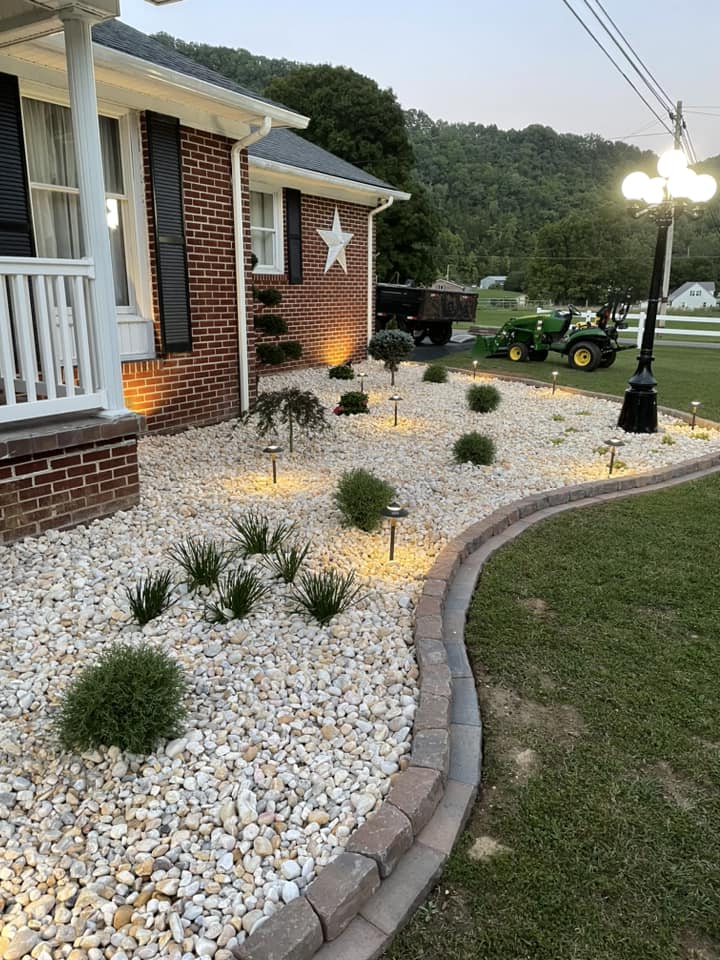
Sustainable Landscaping Practices for a Greener Future Oct 01, 2025
The concept of sustainable landscaping revolves around using natural resources responsibly to create landscapes that require minimal inputs of water, fertilizers, and pesticides. The initial step towards achieving a sustainable landscape is selecting the right plants. Opt for native plants as they are naturally adapted to the local climate and soil conditions. These plants typically require less water, are more resistant to local pests and diseases, and provide habitat for native wildlife.
Water conservation is another critical aspect of sustainable landscaping. Efficient irrigation systems play a crucial role in reducing water consumption. Drip irrigation and soaker hoses are excellent choices as they deliver water directly to the plant's roots, minimizing evaporation. Implementing rainwater harvesting systems is another effective strategy. By collecting and storing rainwater, you can reduce reliance on municipal water supplies and ensure your garden thrives even during dry spells.
The use of organic fertilizers and pest control methods is also essential for maintaining soil fertility and protecting the ecosystem. Composting organic waste not only reduces landfill waste but also enriches the soil with essential nutrients. Integrated Pest Management (IPM) techniques allow you to control pests responsibly, minimizing harm to beneficial insects and the surrounding environment.
Incorporating hardscaping elements into your landscape design does not mean compromising sustainability. Permeable paving, such as gravel or permeable concrete, allows rainwater to seep through, reducing runoff and promoting groundwater recharge. Moreover, using recycled or locally sourced materials for pathways, walls, and patios can significantly lower the carbon footprint of your landscaping project.
Biodiversity is another key component of sustainable landscaping. By creating diverse planting schemes, you provide habitats for various species of pollinators, birds, and other wildlife. This not only enhances the ecological balance but also adds a dynamic and vibrant aesthetic to your garden. Consider incorporating features like bird feeders or bee hotels to attract and support local wildlife.
Maintaining your sustainable landscape requires regular monitoring and minimal intervention. Mulching is an excellent practice to control weeds, retain soil moisture, and provide nutrients as it breaks down. Regularly inspect your plants for signs of pests or diseases and address issues promptly using natural remedies.
At Simmons Brothers Investments, we are committed to helping our clients achieve their sustainability goals through innovative landscape and hardscape design. Our team of experts works closely with you to develop customized solutions that reflect both your aesthetic preferences and environmental responsibilities. By choosing sustainable landscaping practices, you're making a positive impact on the environment while creating a landscape that is resilient and enduring.
In conclusion, implementing sustainable landscaping practices is not just a trend—it's a necessity for a greener future. By prioritizing native plants, water conservation, soil health, and biodiversity, you can create an outdoor space that is not only beautiful but also sustainable. Let us guide you on your journey towards a more eco-friendly and sustainable landscape, ensuring a healthier planet for generations to come.
/filters:no_upscale()/media/c66cd5f7-d4ec-4293-aca1-0fed8692f4e2.jpeg)